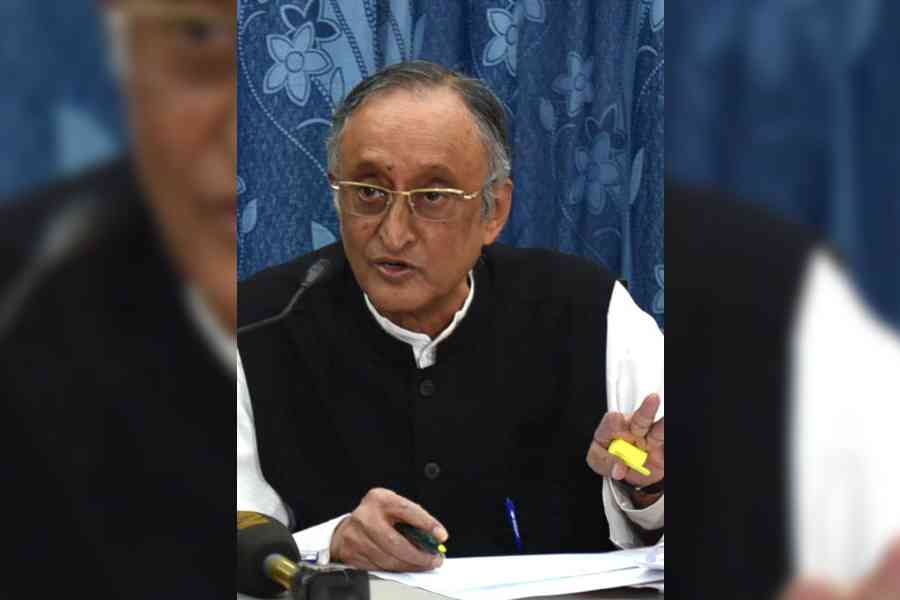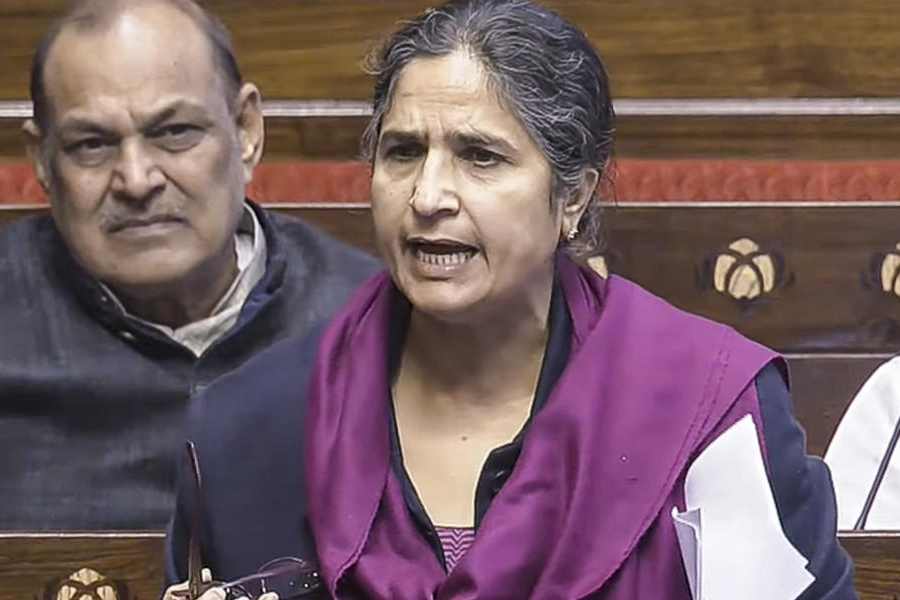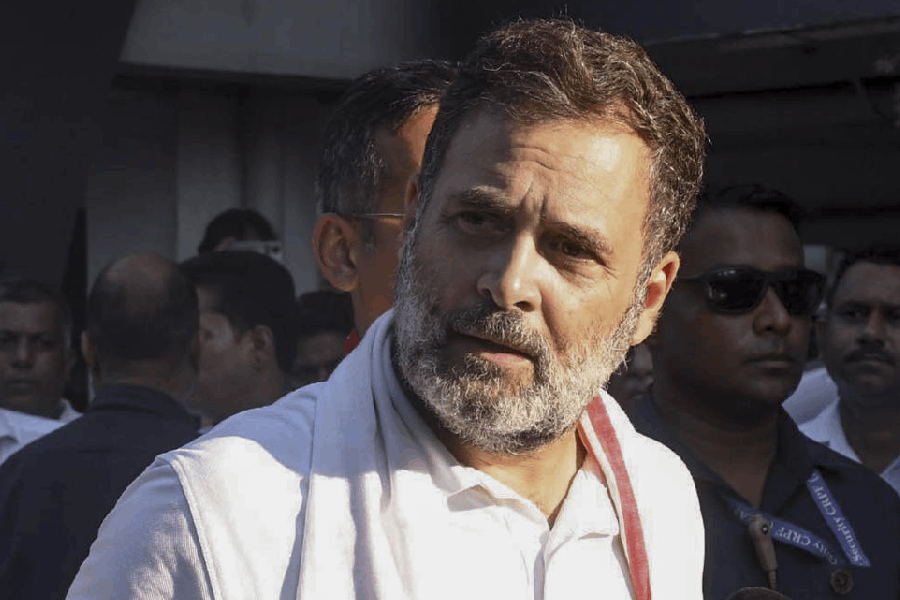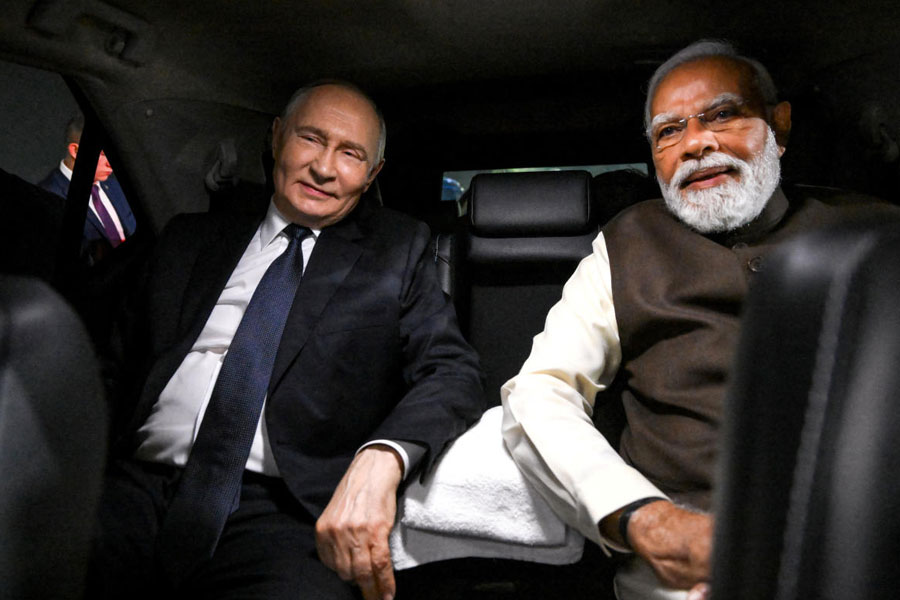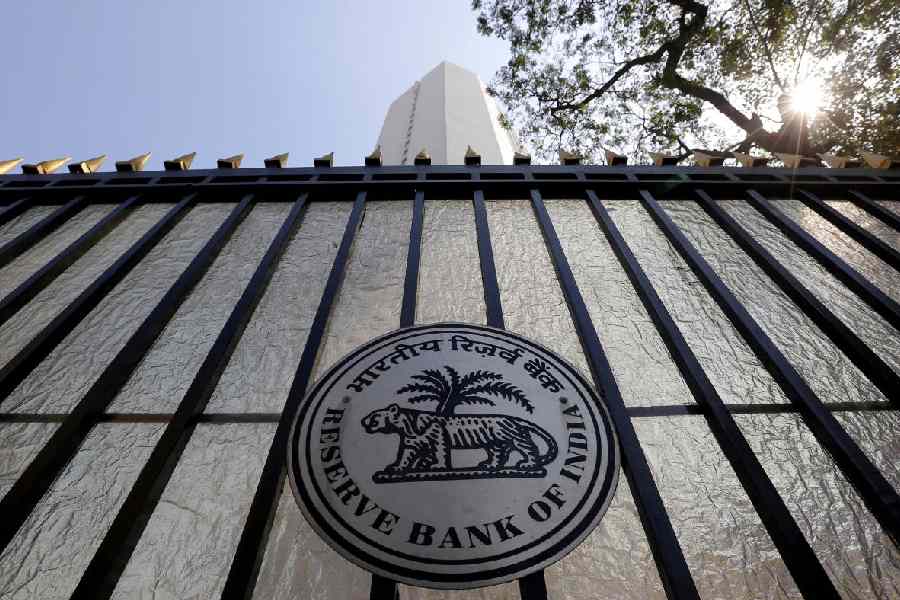The Bengal government has identified eight sectors where stress will be laid to expedite industrialisation in the state to generate more revenue and jobs ahead of the 2026 Assembly polls.
“The state government has decided to focus on eight sectors that have the potential to generate more revenue and jobs. The state will undertake focused activities to develop these sectors, which have already displayed their growth potential,” said Amit Mitra, principal chief advisor to the chief minister, at Nabanna on Tuesday.
Mitra was addressing a news conference after attending a review meeting convened by the chief minister at Nabanna on industry and investments in the state.
According to Mitra, the sectors on which the state will lay stress are steel, gems and jewellery, IT and related fields, food-related businesses, tourism, textile and apparel, leather, pharmaceuticals and medical devices.
Mitra explained why the state was laying emphasis on those sectors.
“The state government has approved a proposal to set up five integrated steel plants in Jangal Sundari Karmanagari (an industrial township at Raghunathpur in Purulia). A total of ₹32,000 crore will be invested. The state wants to develop this particular sector, which has potential,” said Mitra.
He said the gems and jewellery sector had clocked exports worth $1.8 in 2023-24. Similarly, food-related businesses also have tremendous potential since the state exported shrimp worth $ 423 million last year.
The textile and apparel sector has been chosen since the state produces 181 million kg of knitted fabric every year. Moreover, 500 million pieces of ready-made garments are produced in Bengal per annum.
Mitra pointed out that the leather sector had the potential to become a focused sector, as 50 per cent of the country’s total exported leather goods were produced in Bengal.
“On average, $700 million of leather goods are exported from Bengal every year.... The pharmaceuticals and medical devices sector is also an area that can grow fast as it has exported devices worth $ 20.5 million in the 2023-24 financial year,” said Mitra.
He has said that sectors like tourism, IT, ITeS, Fintech, AI and semiconductors have the potential to grow faster.
While lauding the state government’s efforts to develop sectors that can create jobs and generate revenue, a section of officials raised questions about whether the initiative came too late.
“It is clear that the state is trying to generate jobs ahead of the polls. Why were the steps not taken to generate employment opportunities over the past four years, particularly after the Trinamool Congress had promised ahead of the 2021 Assembly poll that five lakh jobs would be created?” asked an official.
Another official said that it would have been better had the state tried to attract big-ticket investments by reconsidering its hands-off land policy.
“Only large investments could give a boost to the state’s economy.... The state did nothing to draw big investors by reconsidering its hands-off land policy,” the official said.
A section of the officials raised questions about the state’s dependence on steel factories to change the picture of industrialisation in Bengal.
“The Jindals did not start their steel plant in Salboni because of a lack of iron ore. I am not sure if the problem of iron ore scarcity has been resolved. So over-dependence on steel units would not be a wise decision,” said a bureaucrat

